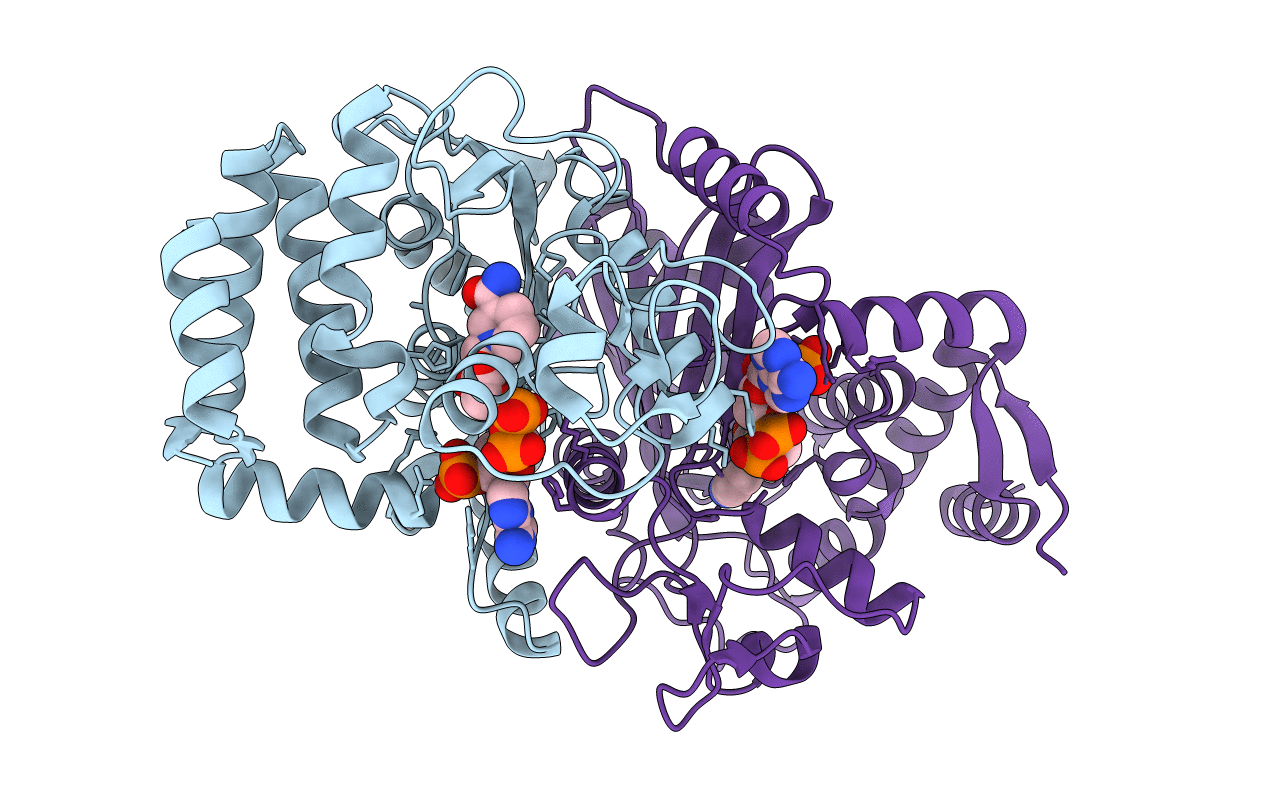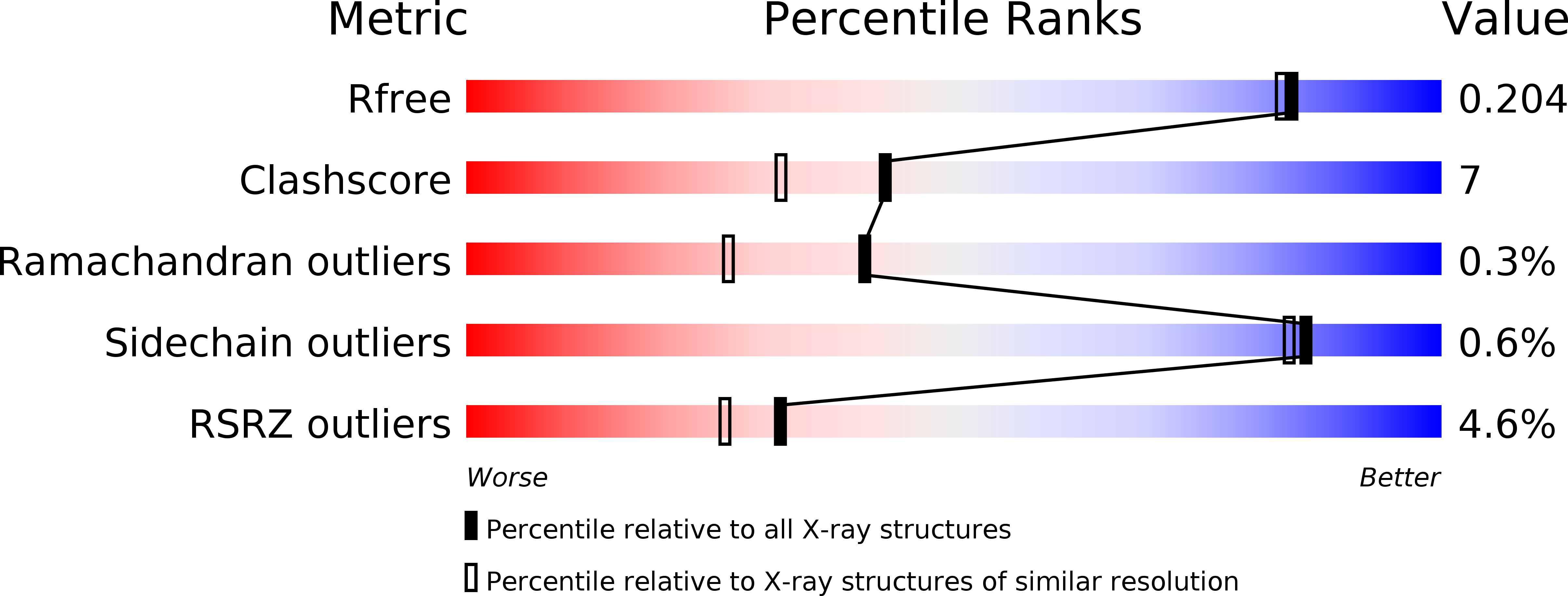
Deposition Date
2005-06-20
Release Date
2005-10-04
Last Version Date
2024-03-13
Entry Detail
PDB ID:
2CWF
Keywords:
Title:
Crystal Structure of delta1-piperideine-2-carboxylate reductase from Pseudomonas syringae complexed with NADPH
Biological Source:
Source Organism:
Pseudomonas syringae pv. tomato (Taxon ID: 323)
Host Organism:
Method Details:
Experimental Method:
Resolution:
1.80 Å
R-Value Free:
0.20
R-Value Work:
0.18
R-Value Observed:
0.18
Space Group:
P 21 21 21


